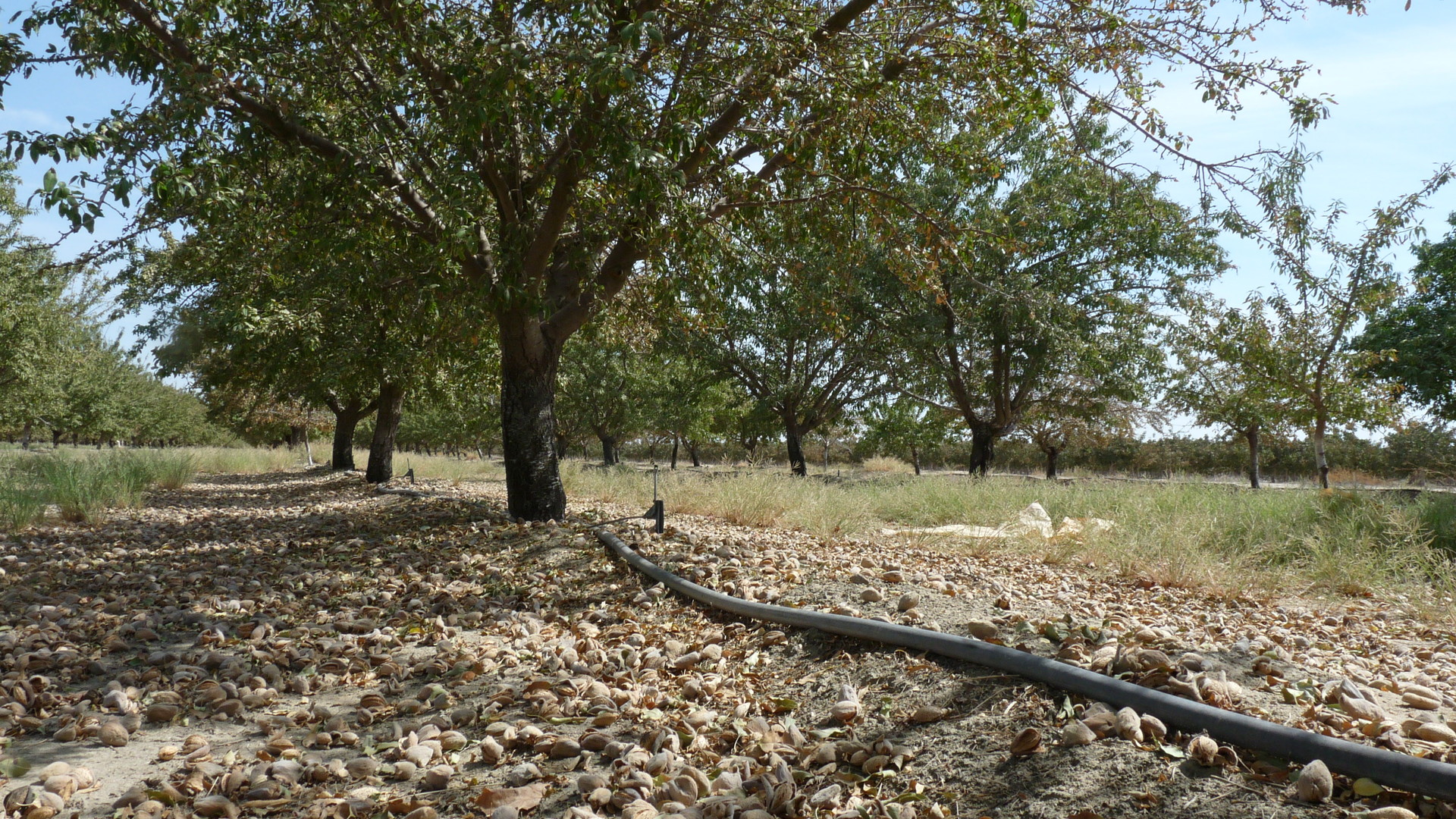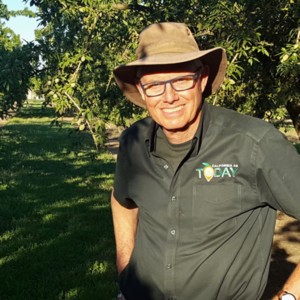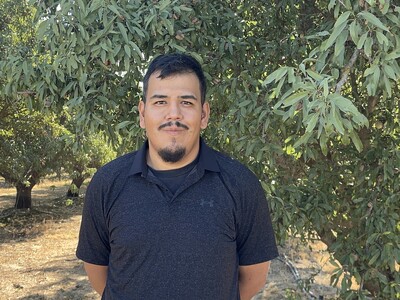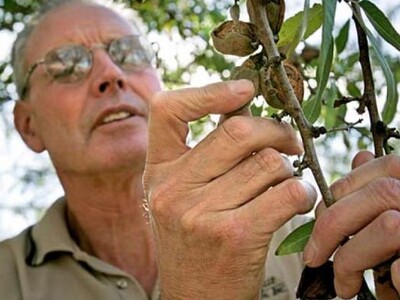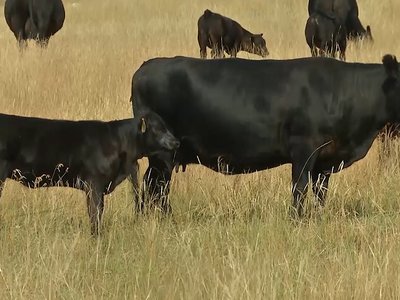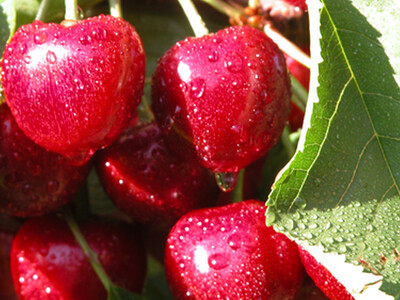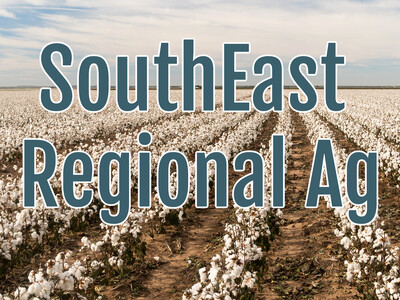On the Home Stretch for Almonds
The big 3 billion pound almond crop will soon be harvested. Will there be enough infrastructure to get it out of the orchard to prevent navel orangeworm damage?Joel Siegel is a USDA ARS entomologist based in Parlier, Southeast of Fresno. “If you have almonds, you better be vigilant because with a heavy crop--- expect things to happen sooner rather than later. And the other thing too----there's long term infrastructure pressure and having a record crop, isn't going to make that any easier.
We are now looking at pistachios and the potential navel orange worm pressure there.
"With pistachios, the wild card is hull integrity. Last year was excellent, because of excellent hull integrity. So even though the nuts had to be out long before they matured and you could harvest them, they were invincible to navel orangeworm because the hull was intact,” said Siegel. “So that's what the pistachio research board is trying to divert resources, money to people to understand the phenology, so you can get a handle on hull integrity.
In more news, almond trees are becoming more stressed due to heat or the implementation of strategic deficit irrigation. It's important to keep vigilant regarding mites. Often, natural enemies can keep them at bay but closely monitor and treat only when needed.


